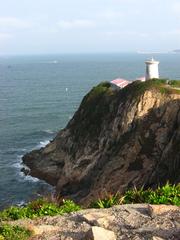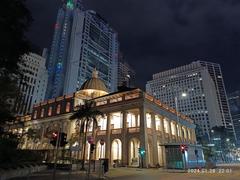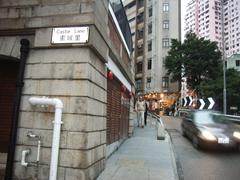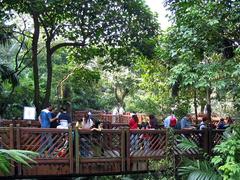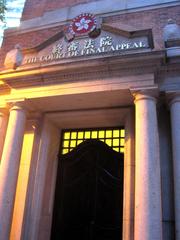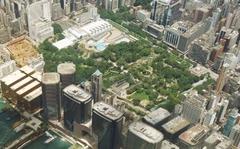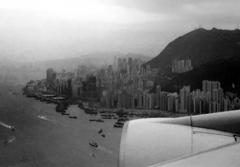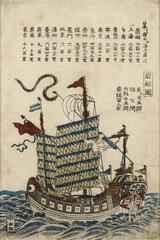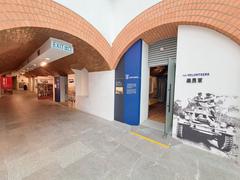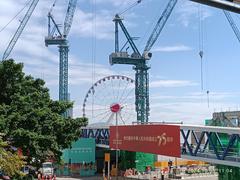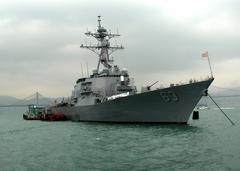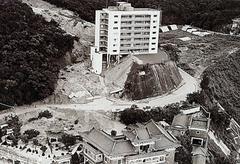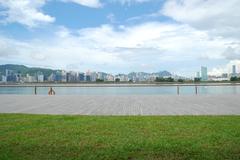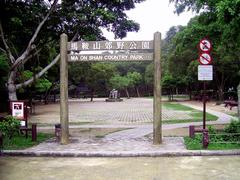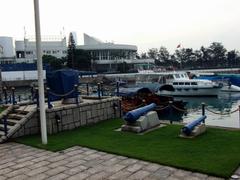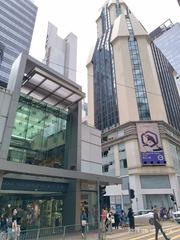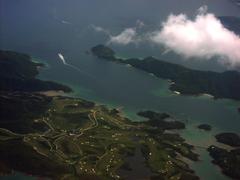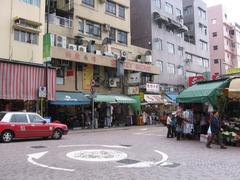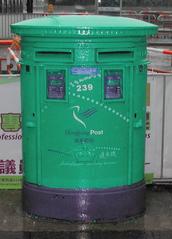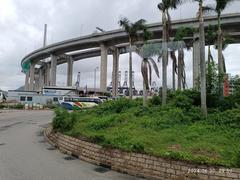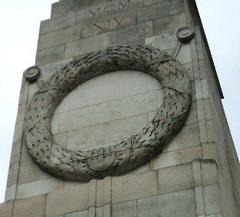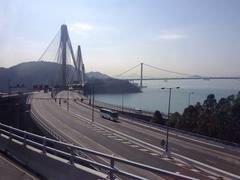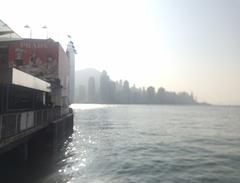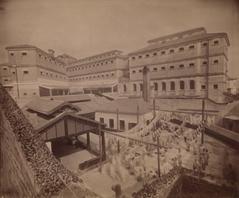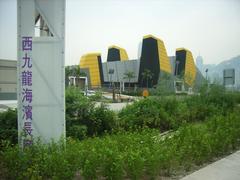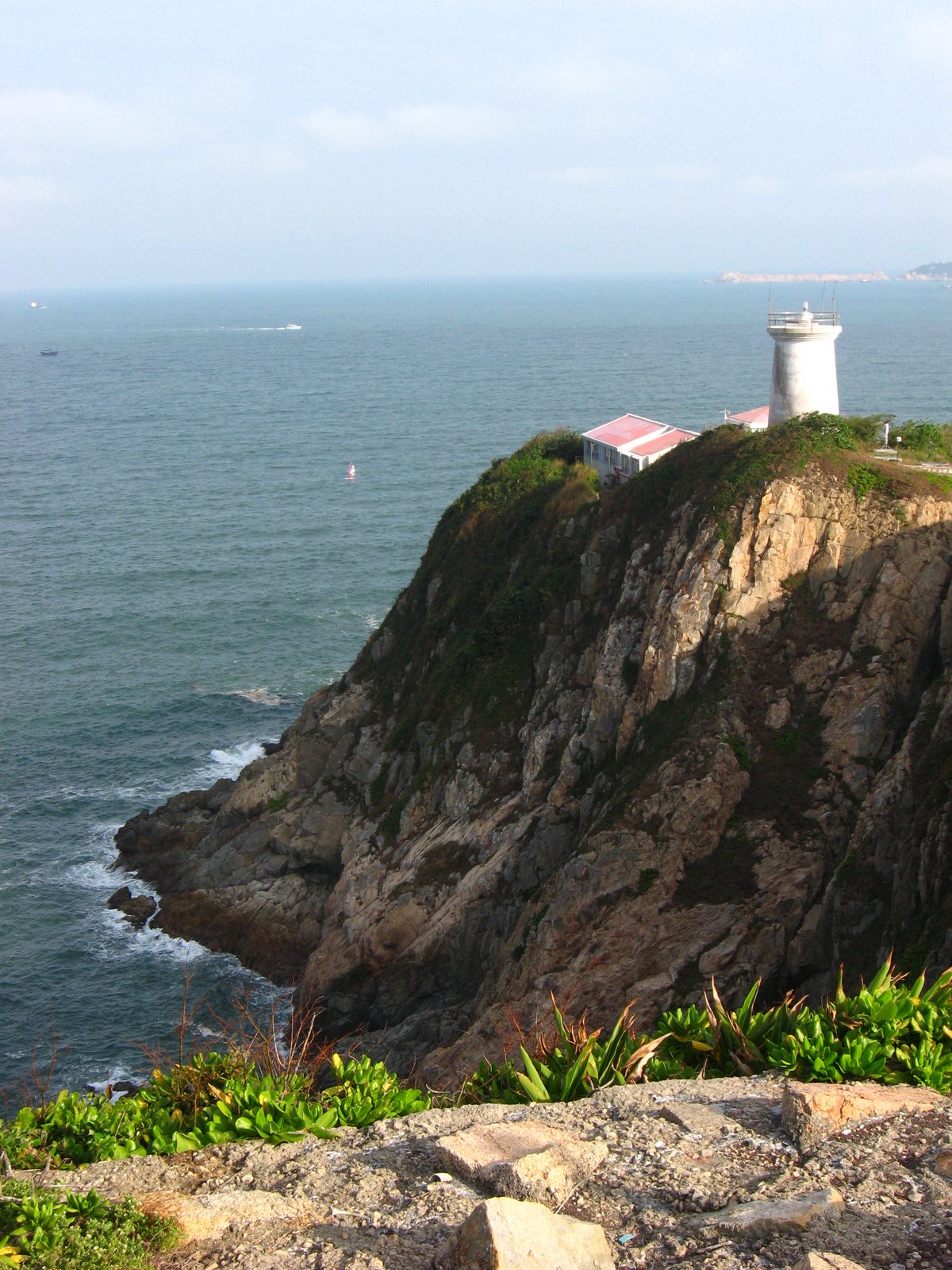
Guide to Visiting Cape D’Aguilar SSSI, Hong Kong
Date: 01/08/2024
Introduction
Cape D’Aguilar, also known as 鶴咀 in Chinese, is a hidden gem located on the southeastern tip of Hong Kong Island. Named after Major-General George Charles d’Aguilar, who served as the Lieutenant Governor of Hong Kong and Commander of the British Forces in Hong Kong from 1843 to 1848, this cape is rich in historical and ecological significance (Wikipedia). The cape is notable for its historical landmarks, such as the Cape D’Aguilar Lighthouse and the Cape D’Aguilar Battery from World War II, and for its designation as Hong Kong’s only Marine Reserve in 1996, which spans 20 hectares and is managed by the Agriculture, Fisheries and Conservation Department (AFCD) in conjunction with the Swire Institute of Marine Science (Living Out Lau). This reserve aims to protect unique rocky shores and subtidal habitats, making it a critical site for biodiversity conservation.
Cape D’Aguilar is also recognized as a Site of Special Scientific Interest (SSSI), highlighting its importance for wildlife, habitats, and geographic features (Wikipedia). Visitors can explore a variety of points of interest, including the Thunder Cave, Crab’s Eye, and the unique display known as the Bones of Miss Willy, which features a whale skeleton. The best time to visit is from October to June, as the weather is more pleasant for hiking and outdoor activities (Keep Wandering). Whether you are a history enthusiast, nature lover, or photography aficionado, Cape D’Aguilar offers something for everyone.
Table of Contents
- Introduction
- Early History and Naming
- Establishment of the Marine Reserve
- The Lighthouse
- World War II and the Cape D’Aguilar Battery
- The Bones of Miss Willy
- Declared Site of Special Scientific Interest (SSSI)
- Visitor Information
- Points of Interest
- Nearby Attractions
- Conclusion
- FAQ
Early History and Naming
Cape D’Aguilar, known as 鶴咀 in Chinese, is named after Major-General George Charles d’Aguilar, who served as the Lieutenant Governor of Hong Kong and Commander of the British Forces in Hong Kong from 1843 to 1848 (Wikipedia). This historical figure played a significant role in the early colonial administration of Hong Kong, and his legacy is immortalized in the name of this picturesque cape.
Establishment of the Marine Reserve
In 1996, Cape D’Aguilar was designated as a Marine Reserve, making it the only one of its kind in Hong Kong. The reserve spans 20 hectares and is managed by the Agriculture, Fisheries and Conservation Department (AFCD) in conjunction with the Swire Institute of Marine Science, a research faculty from the University of Hong Kong (Living Out Lau). The primary aim of this designation was to protect the unique rocky shores and subtidal habitats in the area. This protection means that activities such as swimming, diving, fishing, and collecting any organisms are strictly prohibited, with violators facing heavy fines.
The Lighthouse
One of the most notable historical landmarks at Cape D’Aguilar is the Cape D’Aguilar Lighthouse, also known as Hok Tsui Beacon. This lighthouse, which stands 9.7 meters tall, was put into service on April 16, 1875, making it the oldest lighthouse in Hong Kong (Living Out Lau). It was operational until 1893 when the commissioning of the Waglan Island Lighthouse rendered it redundant. The lighthouse was re-lit in 1975 and is now a declared monument of Hong Kong. Although visitors cannot climb to the top, the lighthouse’s rustic construction and historical significance make it a must-see attraction.
World War II and the Cape D’Aguilar Battery
Cape D’Aguilar also holds historical significance from World War II. The Cape D’Aguilar Battery, built in 1939, was part of Hong Kong’s coastal defense system. However, it was abandoned shortly after in 1941 during the Japanese invasion of Hong Kong (HKFP). Today, the battery lies in ruins, partially overgrown with vegetation, but it remains a poignant reminder of the region’s wartime history. The battery is accessible via a steep and somewhat challenging trail, but the effort is well worth it for history enthusiasts.
The Bones of Miss Willy
Another unique historical feature of Cape D’Aguilar is the display known as the Bones of Miss Willy. This exhibit features the skeleton of a whale and is mounted in front of the University of Hong Kong’s Swire Institute of Marine Science (Living Out Lau). While some visitors may not find it particularly appealing, it adds to the historical and educational value of the site.
Declared Site of Special Scientific Interest (SSSI)
Cape D’Aguilar is also recognized as a Site of Special Scientific Interest (SSSI) in Hong Kong. This designation is given to areas that protect wildlife, habitats, and geographic features based on scientific interest (Wikipedia). The SSSI status underscores the importance of Cape D’Aguilar not only for its historical significance but also for its ecological and scientific value.
Visitor Information
For those planning to visit Cape D’Aguilar, it is important to note that the best time to visit is from October to June, as the weather is pleasant and not too hot. The summer season should be avoided due to the scorching heat and lack of shade in the area (Keep Wandering). Visitors should also be cautious of the strong waves and wind, which can be dangerous, especially during the typhoon season.
- Visiting Hours: Open 24 hours, but visiting during daylight is recommended for safety.
- Tickets: No entry fee is required.
- Guided Tours: Currently, there are no official guided tours, but informational plaques and signs are available throughout the site.
The hike to Cape D’Aguilar is relatively easy, covering a distance of around 8 kilometers with mostly flat, paved paths. This makes it ideal for families with children looking for a day trip on weekends. However, due to its secluded location, public transportation options are limited, and visitors should plan accordingly (Living Out Lau).
Points of Interest
Apart from the historical landmarks, Cape D’Aguilar offers several points of interest for visitors:
-
Crab’s Eye and Thunder Cave: These sea caves are popular sightseeing points. The Crab’s Eye is an arch whose shape is reminiscent of a crab, and the rock pool under the arch makes for a wonderful photo. Thunder Cave, named for the thunderous sound made by waves crashing against it, is another must-see attraction (Laugh Travel Eat).
-
Stargazing and Astrophotography: Due to the lack of light pollution, Cape D’Aguilar has become a popular spot for stargazing and astrophotography. The sweeping coastal views and dramatic cliffs provide a stunning backdrop for night-time photography (Living Out Lau).
-
Private Beach Experience: If you are lucky, you might have the entire beach to yourself. Listening to the crashing waves while admiring the beautiful views can be a serene and private experience (Living Out Lau).
Safety Precautions
Visitors should exercise caution when walking near the waves, as there have been tragic accidents where individuals were washed into the sea. It is also advisable not to stand on wet rocks when taking photos, as the waves can potentially drag you out (Laugh Travel Eat).
Accessibility
Cape D’Aguilar is moderately accessible for families with children, though the trail may be challenging for those with mobility issues. There are no specific facilities for people with disabilities, so visitors should plan accordingly.
Nearby Attractions
For those looking to explore more of Hong Kong’s historical and natural sites, consider visiting:
- Shek O Beach: A popular beach located nearby, ideal for swimming and sunbathing.
- Dragon’s Back: A famous hiking trail offering panoramic views of the coastline and surrounding islands.
- Stanley Market: A bustling market known for its eclectic mix of shops, restaurants, and historical buildings.
Conclusion
Cape D’Aguilar stands as a remarkable destination that intertwines historical depth with ecological importance. From its early colonial connections to Major-General George Charles d’Aguilar to its role in World War II with the Cape D’Aguilar Battery, the site offers a profound historical narrative (HKFP). The designation of the area as Hong Kong’s only Marine Reserve and a Site of Special Scientific Interest underscores its critical role in biodiversity conservation and scientific research (Living Out Lau).
Visitors can immerse themselves in a variety of attractions, from the historic lighthouse to the natural wonders like Thunder Cave and Crab’s Eye. The area is also a prime spot for stargazing and astrophotography due to its minimal light pollution (Laugh Travel Eat). While exploring, it is essential to follow safety guidelines and respect the ecological integrity of the site.
For those planning a visit, the ideal period is from October to June to enjoy pleasant weather. Accessibility may be moderate, and visitors should be prepared with adequate sun protection, water, and comfortable footwear. Nearby attractions such as Shek O Beach, Dragon’s Back, and Stanley Market offer additional opportunities for exploration and relaxation. Overall, Cape D’Aguilar is a must-visit for anyone interested in history, nature, and breathtaking coastal views.
FAQ
Q: What are the visiting hours for Cape D’Aguilar? A: Cape D’Aguilar is open 24 hours, but it is recommended to visit during daylight for safety.
Q: Is there an entry fee for Cape D’Aguilar? A: No, there is no entry fee required to visit Cape D’Aguilar.
Q: Are guided tours available at Cape D’Aguilar? A: Currently, there are no official guided tours, but informational plaques and signs are available throughout the site.
Q: What is the best time to visit Cape D’Aguilar? A: The best time to visit is from October to June, as the weather is pleasant and not too hot.
Q: Is Cape D’Aguilar accessible for people with disabilities? A: The trail may be challenging for those with mobility issues, and there are no specific facilities for people with disabilities.
Call to Action
Ready to explore more unique destinations? Download the Audiala mobile app for more travel tips and guides, and follow us on social media for the latest updates!
References
- Wikipedia. (n.d.). Cape D’Aguilar. Retrieved from Wikipedia
- Living Out Lau. (n.d.). Hong Kong Cape D’Aguilar Hike: Things To Do. Retrieved from Living Out Lau
- Hong Kong Free Press (HKFP). (2021). HKFP Guide: Hong Kong’s Cape D’Aguilar – Easy hiking with historical curios and sweeping sea views. Retrieved from HKFP
- Keep Wandering. (n.d.). Cape D’Aguilar: An unbelievably easy trail with a stunning view. Retrieved from Keep Wandering
- Laugh Travel Eat. (n.d.). Cape D’Aguilar Hike. Retrieved from Laugh Travel Eat
